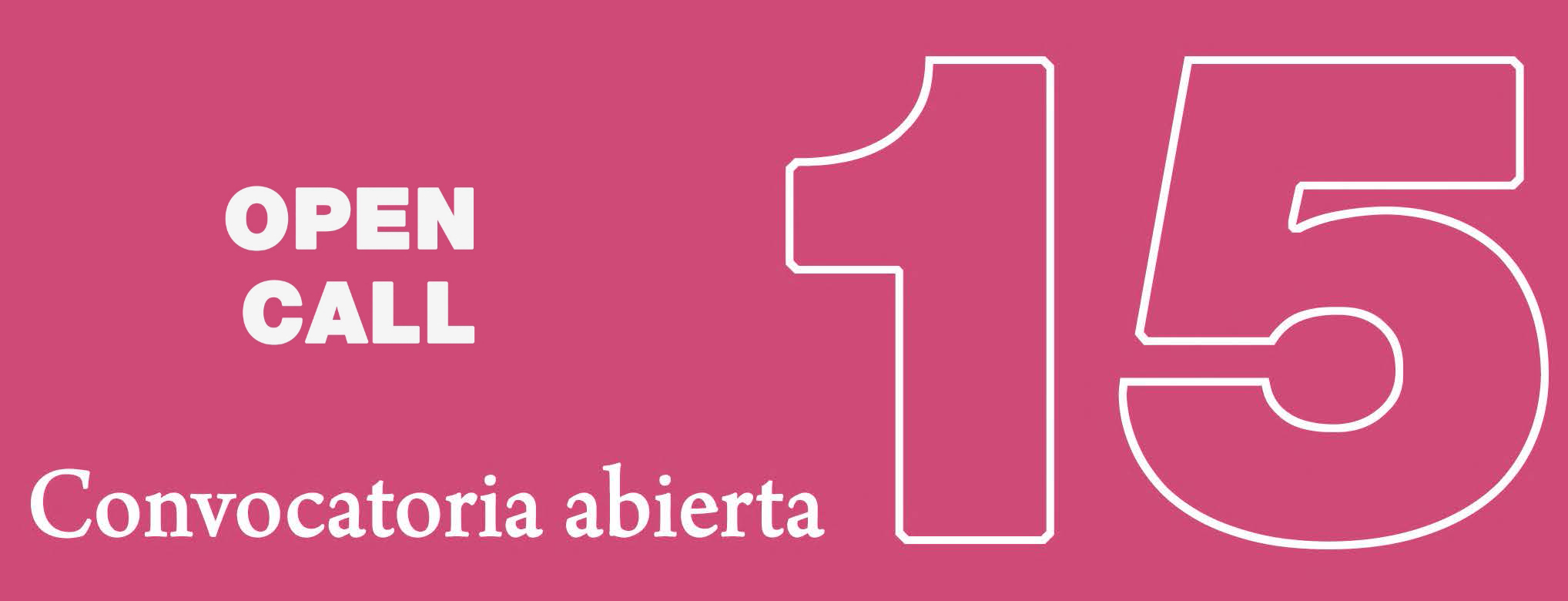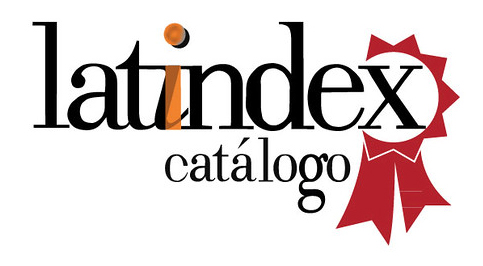Architecture for large families during developmentalism: Five houses in Madrid
DOI:
https://doi.org/10.20868/cpa.2024.14.5324Keywords:
Fisac House, Cabrero House, Huarte House, Carvajal House, Corrales HouseAbstract
In the 1960s, large families became the social model par excellence in Franco's Spain and, inevitably, the issue of assigning space for children in the domestic unit required architects to come up with new organisational solutions to control the relationship between parents and children (and the servants, where applicable), creating their own spaces for each of them where the economic possibilities allowed it. Consequently, the section on the design of single-family houses for the upper or upper-middle class features different types of design solutions to the problem of creating a space of their own for the children, which was a large number in many cases, within the dwelling as a whole. This issue is analysed using a few well-known examples in the Madrid area, focusing on the solutions provided by some of the architects of the time in their own homes or in those of people very close to them, in response to the problem of how to accommodate children in the home and design different spaces for their intellectual and personal development. Original drawings of these parts of each house are provided to make these spaces easy to see and understand and to allow comparisons to be made between houses. Finally, the text invites the reader to reflect on this issue when trying to understand bourgeois houses in Madrid during the period of developmentalism.
Downloads
Downloads
Published
Issue
Section
License
Copyright (c) 2024 Autor / BY-NC-ND

This work is licensed under a Creative Commons Attribution-NonCommercial-NoDerivatives 4.0 International License.
1. Los autores conservan los derechos de autor y garantizan a la revista el derecho de una Licencia Creative Commons Atribución-NoComercial-SinDerivar 4.0 Internacional que permite a otros compartir el trabajo con un reconocimiento de la autoría.
2. Los autores pueden establecer por separado acuerdos adicionales para la distribución no exclusiva de la versión de la obra publicada en la revista (por ejemplo, situarlo en un repositorio institucional o publicarlo en un libro).













